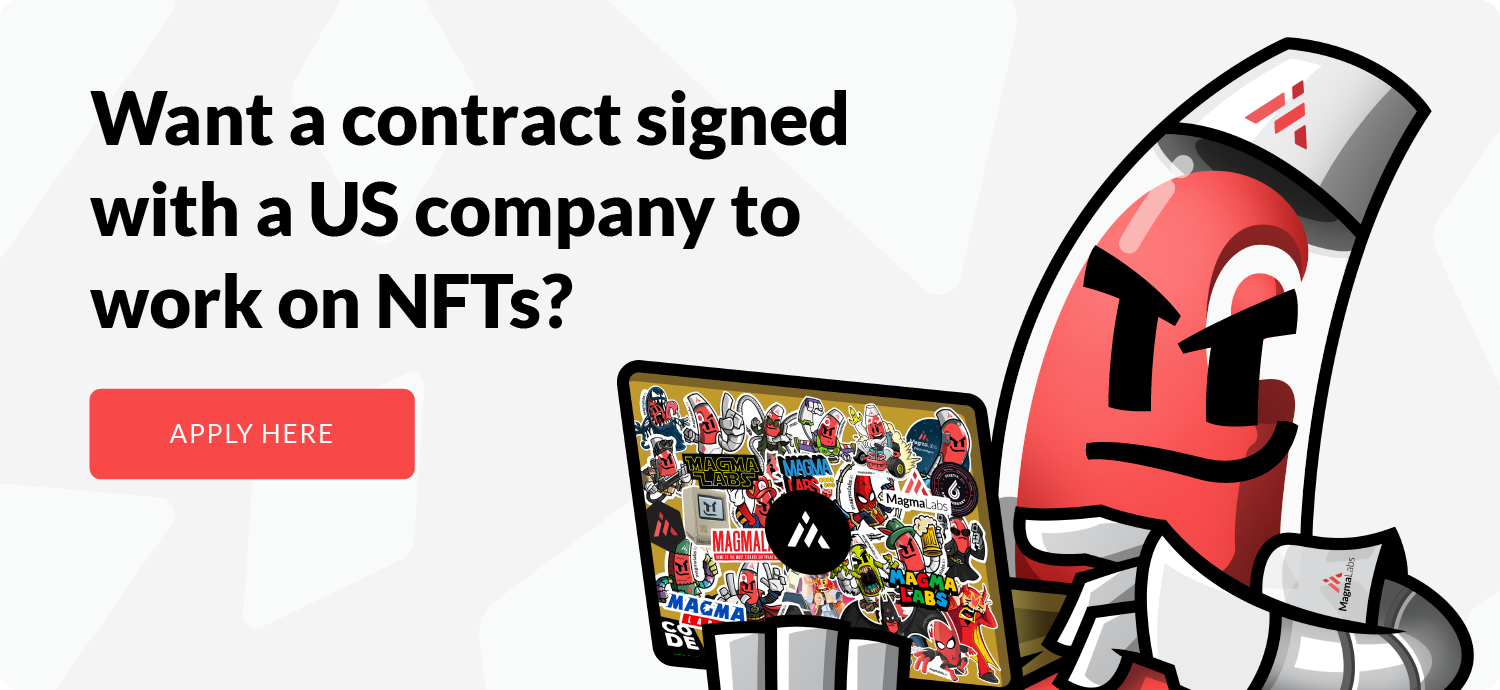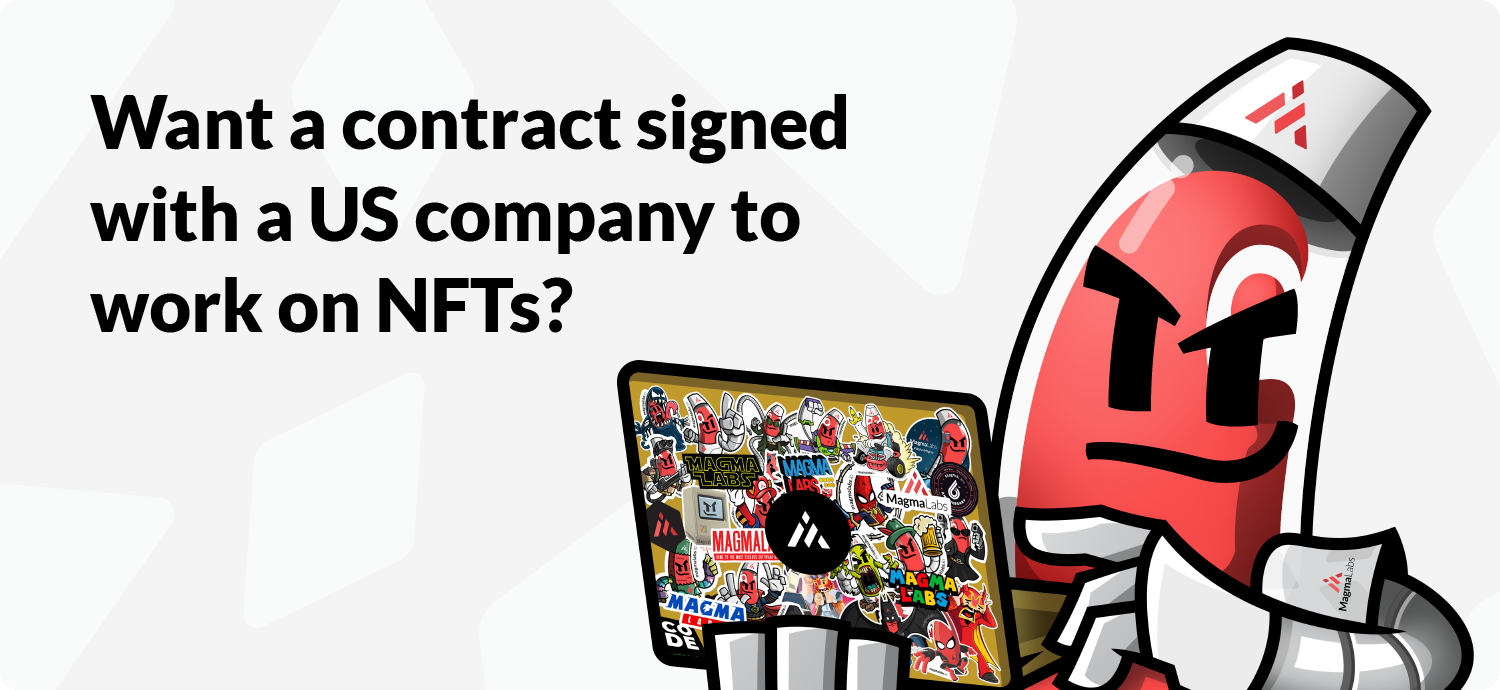Blockchain is relatively a new technology that is quickly transforming the world. This popular digital ledger has created much buzz and has even been called the "new internet." But what exactly is blockchain?
What Is The Blockchain?
Blockchain technology has existed for over a decade. Still, it's only recently been getting the attention it deserves. Certainly, you've probably heard of blockchain in passing; if you haven't, maybe you did about Bitcoin or other cryptocurrencies.
In short, it is a new way to store, manage and share information on the internet without relying on any central authority. It's like a giant ledger where everyone can see all the transactions, but no one controls the system. In fact, there isn't even a single entity that oversees the system—it runs on its own!
How Do Blockchains Work?
Blockchain technology uses advanced cryptography (encryption) to create an unalterable record of transactions between parties. Each transaction contains details about who sent what, who received it (or will receive it), and when it happened—all stored in a "block" on a chain of blocks.
Each block is linked by cryptography to its previous block and its next block in what's called a chain. Tampering with any single block in the chain would require manipulating all following blocks, which is impractical and mathematically unlikely.
How Are Blockchain Transactions Secured and Approved?
Blockchain is a distributed ledger technology that makes it possible to create permanent, tamper-proof records of transactions between two parties. It's like a digital version of a public record book, where all the data is stored on multiple computers instead of in one centralized location.
In a public blockchain, the decision to add a transaction to the chain is made by consensus: that is, most of the "nodes" (or computers in the network) must agree on whether it's valid. People who verify transactions and add them to the blockchain are rewarded for their work.
Consensus can be reached through various methods, such as proof of work (POW) or proof of stake (POS).
Blockchain technology also secures all transactions by using cryptography. Every block includes the previous block’s unique hash, so If you wish to make changes to an entry in the ledger retroactively, you’re gonna have to calculate a new hash not only for the block it’s in but also for every subsequent block.
Applications of Blockchain Beyond Cryptocurrencies and Cryptography
Blockchain's application in cryptocurrency led to its popularity, but now it's also being used in other areas. Some of these applications include:
Healthcare
Healthcare providers have begun using blockchain technology to improve their efficiency and patient care. For example, health insurance companies can use blockchains to manage claims by encrypting them with a key that only authorized parties can access. This allows healthcare providers to view past claims without compromising anyone's privacy.
Supply Chain Management
Blockchain technology can also be used in supply chain management systems to track products from their source through each step of processing and distribution until they reach consumers. This allows businesses to monitor all stages of production.
Hence, they know where any issues might be occurring along the way. It also ensures that products are safe for consumption because consumers will know precisely where their food came from at every stage of its life cycle (i.e., whether it was grown organically or not).
Digital identity management
In this blockchain application, individuals can manage their digital identities through smart contracts on a blockchain network. They can then share that information with others using facial recognition software or biometric verification systems.
This allows individuals to control who sees their personal data and when it's shared. It also provides a way of verifying identity without relying on third-party institutions like banks or credit bureaus.
Collaboration Around Blockchain Standards
Blockchain technology is a highly-distributed form of ledger that allows for the secure, transparent exchange of data across multiple parties. But what does that mean?
In a blockchain system, there are no middlemen to verify transactions or keep records; instead, all participants in the network have access to identical copies of the ledger. Each member can verify transactions through the use of cryptography and consensus algorithms.
The result is a system where all participants can easily view each other's changes to the shared ledger—and they can do so without fear that someone else will tamper with their data security because they're using a cryptographic key to encrypt it.cr
How Are NFTs Connected With the Blockchain?
The blockchain is a database that provides a secure way to store and transmit data. It's based on the concept of "blocks," which are records of transactions stored in chronological order in an immutable ledger.
NFTs are tokenized digital assets representing any real-world object or idea in the blockchain. Since they're stored on the blockchain, they can't be counterfeited or duplicated.
There are a lot of things to consider when and how to buy NFT, And when you do that, what's happening is that you are purchasing or selling a license to use the asset. The agreements are written in code that executes automatically once certain conditions are met.
Conclusion
Blockchain technology is a powerful tool that has the potential to change the world. It's not just about cryptocurrencies, either—blockchain can be used in any industry and for any purpose, from managing supply chains to securing medical records.
But it's still early days for this technology, so we're still figuring out how to harness its full potential. There are many ways blockchain could improve our lives and make our businesses more efficient. Still, we need to keep working on making that happen.
If you're interested in be part and improve any of our Blockchain projects, check out our Job Opening now.








